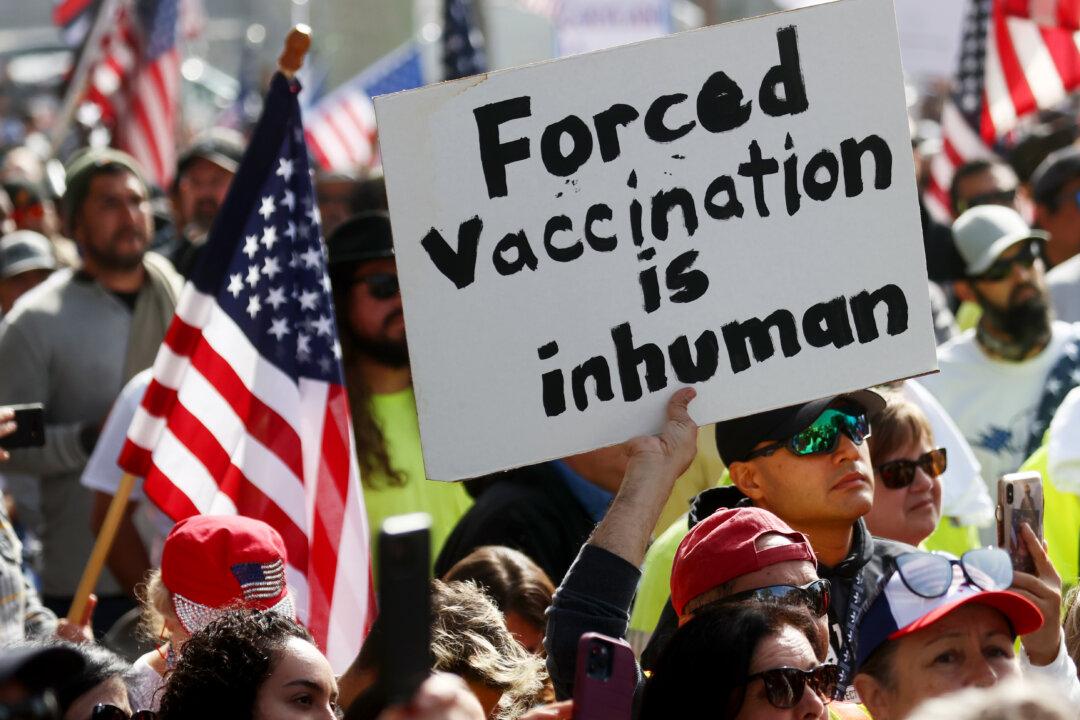Commentary
An insurance company has done a survey to answer a fascinating question: What percent of U.S. workers hold a second job to generate income separate from their main income stream? They surveyed 1,000 people and came up with a surprising answer: 93 percent.





